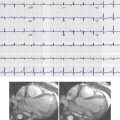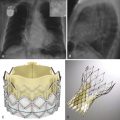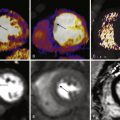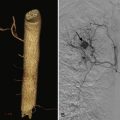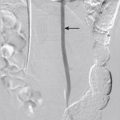This chapter illustrates basic cardiovascular anatomy using multiple imaging modalities for correlation. Examples of normal anatomy in standard planes are given, as well as a few examples of abnormal cardiac anatomy with corresponding appearances on various imaging techniques. The goal of this chapter is to help the reader, who may be familiar with one or two cardiac imaging modalities, recognize the orientation and identify the anatomy in other imaging techniques.
First, this chapter reviews the cardiovascular borders on standard posteroanterior (PA) and lateral views of the chest and correlates these borders with coronal and sagittal reconstruction of computed tomography (CT) of the chest ( Figs. 16-1 and 16-2 ). The figures show matching colored dotted lines on both CT and chest radiography that outline the respective border-forming structures that result in differential attenuation in chest radiography.


From there, the chapter reviews and depicts the basic standard echocardiographic projections. Several figures illustrate the orientation of the echocardiographic planes and the probe orientation on CT volume-rendered three-dimensional (3-D) reconstruction of the chest (see Figs. 16-13 to 16-16 ). Illustration of the basic standard echocardiographic projections and their corresponding CT and magnetic resonance imaging (MRI) images is also performed ( Figs. 16-3 to 16-12 ).








Stay updated, free articles. Join our Telegram channel

Full access? Get Clinical Tree




